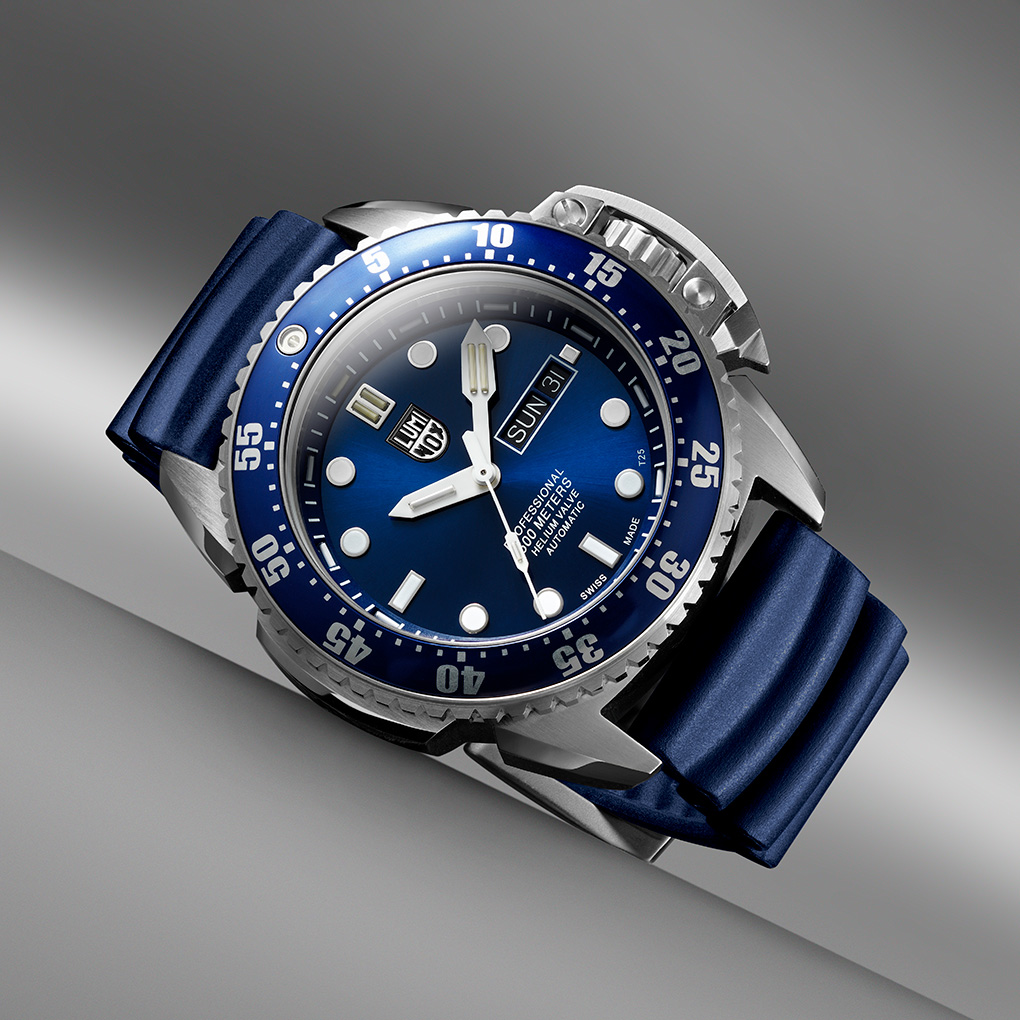
“The Apple iPhone XS: A Deep Dive into a Refined Classic
Related Articles The Apple iPhone XS: A Deep Dive into a Refined Classic
- Samsung Galaxy Z Flip 4: A Refined Foldable Experience
- Apple IPhone 14: A Comprehensive Review
- Samsung Galaxy F12: A Deep Dive Into Affordability And Functionality
- Samsung Galaxy A20s: An In-Depth Review
- The Xiaomi Mi Mix 4: A Bold Return To Innovation
Introduction
With great pleasure, we will explore the intriguing topic related to The Apple iPhone XS: A Deep Dive into a Refined Classic. Let’s weave interesting information and offer fresh perspectives to the readers.
Table of Content
The Apple iPhone XS: A Deep Dive into a Refined Classic

The Apple iPhone XS, released in 2018, represented a significant step forward in the evolution of the iPhone. While visually similar to its predecessor, the iPhone X, the XS packed a host of internal improvements and refinements that solidified its position as a premium smartphone. This article delves into the details of the iPhone XS, exploring its design, performance, camera capabilities, software features, and its lasting impact on the smartphone market.
Design and Build Quality: Elegance and Durability
The iPhone XS retained the iconic design language introduced with the iPhone X, characterized by its edge-to-edge display, stainless steel frame, and glass back. This design not only looked sleek and modern but also contributed to the phone’s premium feel.
- Materials: The iPhone XS utilized surgical-grade stainless steel for its frame, providing exceptional durability and a polished aesthetic. The front and back of the phone were made of custom-formulated glass, which Apple claimed was the most durable glass ever used in a smartphone at the time. This glass offered improved scratch resistance and protection against accidental drops.
- Display: The 5.8-inch Super Retina OLED display was a standout feature. With a resolution of 2436 x 1125 pixels, it delivered vibrant colors, deep blacks, and excellent contrast. The display supported HDR (High Dynamic Range) content, enhancing the viewing experience for movies, TV shows, and games. True Tone technology automatically adjusted the display’s color temperature to match the ambient lighting, reducing eye strain.
- Water and Dust Resistance: The iPhone XS featured an improved IP68 rating for water and dust resistance. This meant it could withstand being submerged in up to 2 meters of water for 30 minutes, providing peace of mind against accidental spills or exposure to the elements.
- Ergonomics: The iPhone XS was designed to be comfortable to hold and use with one hand. Its compact size and rounded edges made it easy to grip, while the placement of the buttons was intuitive and accessible.
- Color Options: The iPhone XS was available in three elegant finishes: Silver, Space Gray, and Gold. Each color option offered a unique aesthetic appeal, allowing users to choose the one that best suited their personal style.

Performance: A Powerhouse in Your Pocket
The iPhone XS was powered by Apple’s A12 Bionic chip, a system-on-a-chip (SoC) that delivered a significant performance boost over its predecessor. The A12 Bionic featured a six-core CPU, a four-core GPU, and a dedicated Neural Engine.
- A12 Bionic Chip: The A12 Bionic chip was built on a 7nm process, making it more power-efficient and faster than the A11 Bionic chip in the iPhone X. The CPU cores were divided into two high-performance cores and four efficiency cores, allowing the phone to dynamically allocate resources based on the task at hand.
- Neural Engine: The Neural Engine was a dedicated hardware component designed to accelerate machine learning tasks. It enabled features like Face ID, Animoji, and advanced camera capabilities. The Neural Engine in the A12 Bionic was significantly more powerful than the one in the A11 Bionic, allowing for faster and more accurate processing of machine learning algorithms.
- RAM: The iPhone XS came with 4GB of RAM, which was sufficient for multitasking and running demanding applications.
- Storage Options: The iPhone XS was available in three storage options: 64GB, 256GB, and 512GB. This allowed users to choose the storage capacity that best suited their needs, whether they needed ample space for photos, videos, and apps or preferred to rely on cloud storage.
- Real-World Performance: The A12 Bionic chip delivered exceptional performance in real-world scenarios. Apps launched quickly, multitasking was smooth, and demanding games ran without any lag. The iPhone XS was also capable of handling complex tasks like video editing and augmented reality applications with ease.

Camera: Photography Redefined

The iPhone XS featured a dual-lens rear camera system consisting of a 12MP wide-angle lens and a 12MP telephoto lens. The camera system was equipped with optical image stabilization (OIS) on both lenses, allowing for sharper photos and videos, especially in low-light conditions.
- Camera Hardware: The wide-angle lens had an aperture of f/1.8, while the telephoto lens had an aperture of f/2.4. The telephoto lens provided 2x optical zoom, allowing users to get closer to their subjects without sacrificing image quality.
- Smart HDR: The iPhone XS introduced Smart HDR, a new feature that combined multiple exposures to capture more detail and dynamic range in photos. Smart HDR analyzed the scene and automatically adjusted the settings to optimize the image for the best possible results.
- Portrait Mode: Portrait mode used the dual-lens system to create a shallow depth of field effect, blurring the background and highlighting the subject. The iPhone XS also allowed users to adjust the depth of field after taking the photo, giving them more control over the final image.
- Video Recording: The iPhone XS could record video in 4K resolution at up to 60 frames per second. It also supported extended dynamic range for video recording, resulting in more detailed and vibrant videos.
- Front-Facing Camera: The 7MP front-facing camera was equipped with a Retina Flash, which used the display to illuminate the subject in low-light conditions. The front-facing camera also supported Portrait mode and Animoji.
- Image Quality: The iPhone XS produced excellent image quality in a variety of lighting conditions. Photos were sharp, detailed, and had accurate colors. The camera also performed well in low-light situations, thanks to the improved image stabilization and Smart HDR.
Software: iOS and the Apple Ecosystem
The iPhone XS launched with iOS 12, the latest version of Apple’s mobile operating system at the time. iOS 12 introduced several new features and improvements, including:
- Performance Enhancements: iOS 12 was optimized for performance, resulting in faster app launch times and smoother animations.
- Grouped Notifications: iOS 12 introduced grouped notifications, which made it easier to manage and dismiss notifications.
- Screen Time: Screen Time allowed users to track their usage of apps and websites, helping them to better manage their digital habits.
- Siri Shortcuts: Siri Shortcuts allowed users to create custom voice commands to automate tasks.
- ARKit 2: ARKit 2 introduced new features for augmented reality developers, allowing them to create more immersive and engaging AR experiences.
The iPhone XS also benefited from Apple’s ecosystem of services, including iCloud, Apple Music, and the App Store. iCloud allowed users to back up their data and sync it across multiple devices, while Apple Music provided access to a vast library of songs. The App Store offered a wide variety of apps for everything from productivity to entertainment.
Face ID: Secure and Convenient Authentication
The iPhone XS relied on Face ID for authentication, a facial recognition system that used a TrueDepth camera to map the user’s face. Face ID was more secure than Touch ID, Apple’s previous fingerprint-based authentication system, and it was also more convenient to use.
- TrueDepth Camera: The TrueDepth camera consisted of several components, including a dot projector, an infrared camera, and a flood illuminator. The dot projector projected thousands of invisible dots onto the user’s face, while the infrared camera captured an image of the dot pattern. The flood illuminator helped to illuminate the user’s face in low-light conditions.
- Security: Face ID was designed to be highly secure. Apple claimed that the odds of someone else being able to unlock your iPhone XS with Face ID were 1 in 1,000,000.
- Convenience: Face ID was also very convenient to use. Users simply had to glance at their iPhone XS to unlock it, authenticate purchases, or sign in to apps.
Battery Life: All-Day Power
The iPhone XS offered improved battery life compared to the iPhone X. Apple claimed that the iPhone XS could last up to 30 minutes longer than the iPhone X on a single charge.
- Battery Capacity: The iPhone XS had a 2,658 mAh battery.
- Power Efficiency: The A12 Bionic chip was more power-efficient than the A11 Bionic chip, contributing to the improved battery life.
- Wireless Charging: The iPhone XS supported wireless charging, allowing users to charge their phone without plugging it in.
Legacy and Impact
The iPhone XS, while not a revolutionary leap, solidified several key trends in smartphone design and technology. Its focus on a refined design, powerful performance, and advanced camera capabilities set a high standard for other smartphones to follow.
- Influence on Design: The iPhone XS’s design language, with its edge-to-edge display and stainless steel frame, influenced the design of many subsequent smartphones.
- Advancements in Mobile Photography: The iPhone XS’s camera system, with its Smart HDR and Portrait mode features, pushed the boundaries of mobile photography.
- Adoption of Face ID: The iPhone XS’s reliance on Face ID helped to popularize facial recognition technology as a secure and convenient authentication method.
- Continued Software Support: Despite its age, the iPhone XS continues to receive software updates from Apple, ensuring that it remains secure and up-to-date with the latest features.
Conclusion
The Apple iPhone XS was a remarkable smartphone that offered a compelling combination of design, performance, and features. While it may no longer be the latest iPhone on the market, it remains a capable and desirable device for many users. Its legacy can be seen in the design and features of subsequent iPhones, as well as in the broader smartphone market. The iPhone XS is a testament to Apple’s commitment to innovation and its ability to create products that are both functional and beautiful.

Closure
Thus, we hope this article has provided valuable insights into The Apple iPhone XS: A Deep Dive into a Refined Classic. We hope you find this article informative and beneficial. See you in our next article!
1 thought on “The Apple IPhone XS: A Deep Dive Into A Refined Classic”